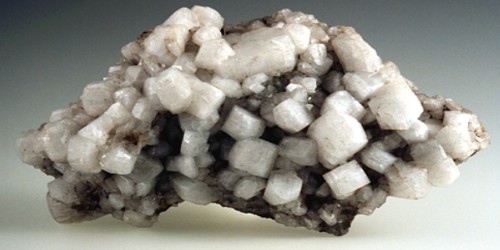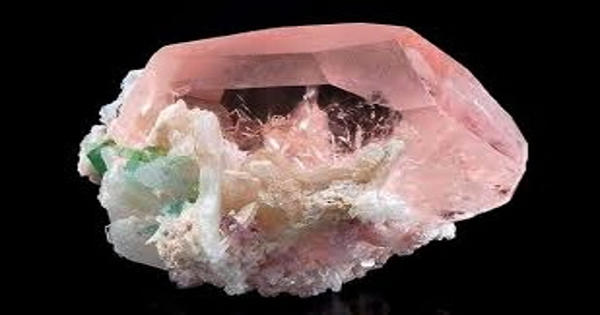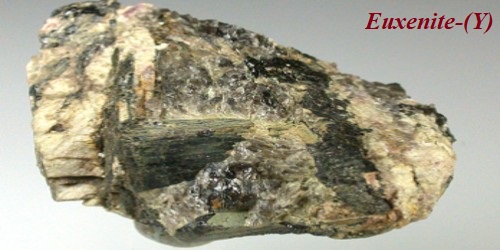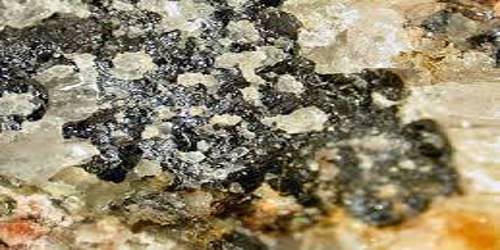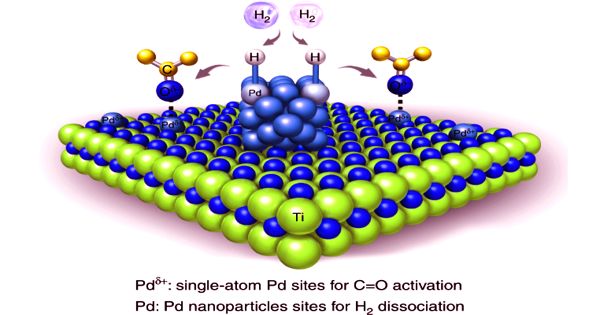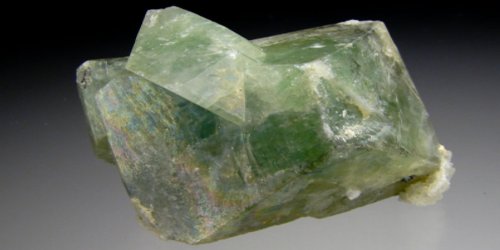Harmotome is a mineral, one of the rarer zeolites; a hydrated barium silicate with the formula: (Ba0.5,Ca0.5,Na,K)5Al5,Si11O32·12(H2O). It is a rare zeolite, a hydrated barium silicate that forms vitreous white monoclinic crystals. It was first described in 1801 from an occurrence in the Harz Mountains, Lower Saxony, Germany.
General Information
- Category: zeolites
- Formula: (Ba5,Ca0.5,Na,K)5Al5,Si11O32·12(H2O)
- Crystal system: Monoclinic
- Crystal class: Prismatic (2/m) (same H-M symbol)
- Member of: Zeolite Group
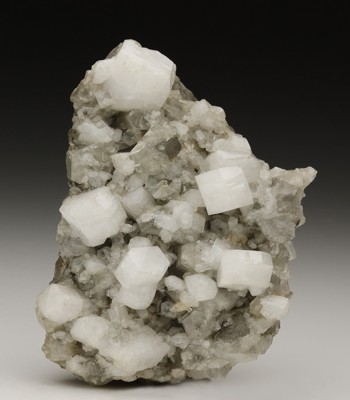
Fig: Harmotome
Properties
Harmotome is occasionally found with other zeolites like heulandite and stilbite in the typical zeolite occurrence inside of vesicles or bubbles of volcanic rocks. It forms vitreous white well defined monoclinic crystals, often associated with calcite and other zeolites. It has a Mohs hardness of 4 to 5 and a specific gravity of 2.44 to 2.5.
- Color: Colorless, white, grey, pink, yellow, brown
- Luster: Vitreous
- Hardness: 4 – 5
- Specific Gravity: 2.41 – 2.47
- Transparency: Transparent, Translucent
- Streak: White
- Hardness: 4 – 5 on the Mohs scale
- Density: 2.41 – 2.47 g/cm3 (Measured) and 2.448 g/cm3 (Calculated)
Occurrence: Of hydrothermal origin, in cavities in basalts, phonolites, trachytes; in gneisses, and in some ore veins. Harmotome has been reported from many localities in the Pacific basin, in some cases associated with phillipsite in pelagic clays.
Association: Zeolites, calcite, leucite, hyalophane, strontianite, quartz, kaolinite, barite, pyrite, sphalerite, galena.
Information Source:
